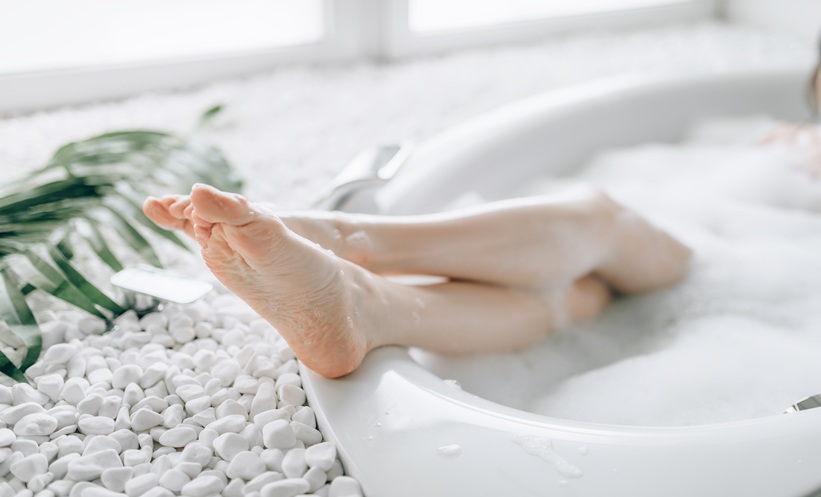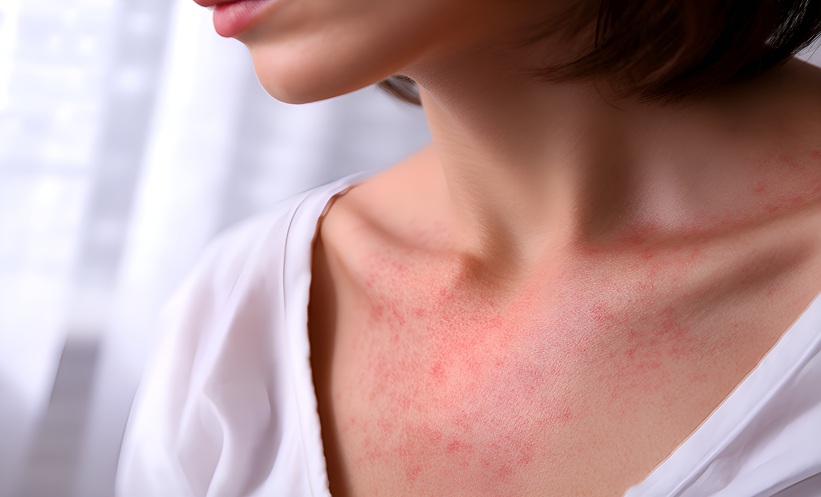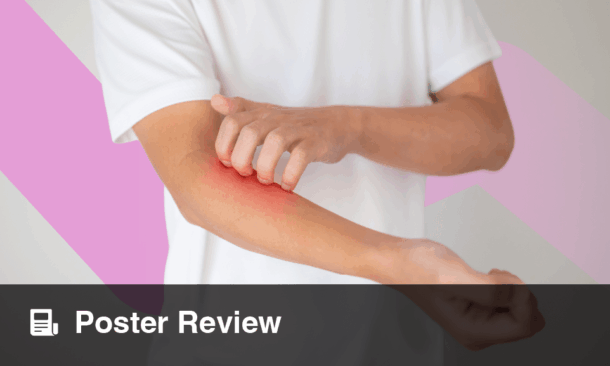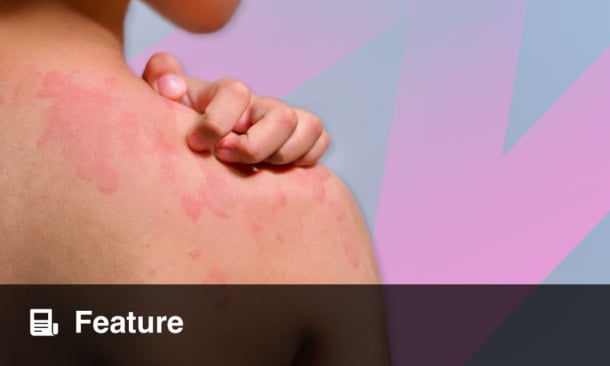A NEW perspective on atopic dermatitis suggests that disruptions to the skin’s microbial ecosystem and routine bathing practices may play a larger role in the disease’s origin and progression than previously recognized. The hypothesis challenges traditional understandings rooted in immune dysregulation and genetic predisposition, proposing instead that microbial imbalances and impaired skin regeneration may serve as primary drivers.
The article underscores a shift away from solely treating inflammation toward considering the skin’s microbiota and physical environment. While current treatments such as emollients, topical steroids, and biologics remain the standard of care, this new viewpoint advocates for complementary strategies that emphasize skin healing and barrier preservation.
Surfactant-free moisturizers, rooted in moist wound healing principles widely used in Japan, are highlighted as a novel therapeutic avenue. These products aim to restore hydration without disrupting the skin’s natural flora. The author also questions the widespread use of soaps and shampoos, proposing instead that newborns be bathed only three times weekly and that bathing additives containing petroleum jelly be used to counteract the drying effects of tap water chlorine.
Beyond topical strategies, the article proposes integrating behavioral and lifestyle modifications into patient care. Cognitive behavioral techniques that redirect scratching toward moisturizer use, alongside stress management and smoking cessation, are suggested to help reduce symptom burden. These approaches, while still under investigation, reflect a broader consideration of environmental and behavioral factors in atopic dermatitis.
Importantly, the article emphasizes that these ideas remain theoretical and are based on a mix of early findings and clinical experience. Further research is needed to validate these interventions, but the perspective offers a thought-provoking framework for expanding how clinicians understand and manage this chronic inflammatory condition.
Reference:
Yamamoto K. Revisiting the Etiology and Management of Atopic Dermatitis: A Perspective on Skin Microbiota, Bathing Habits, and Surfactant-Free Skincare. Clin Cosmet Investig Dermatol. 2025;18:1087-1093.







